Health Issues and Concerns in Alaskan Klee Kai
Welcome to our comprehensive guide on health issues and concerns in Alaskan Klee Kai. As a dedicated team of experts in the field, we understand the importance of providing accurate and valuable information to ensure the well-being of your beloved Alaskan Klee Kai. In this article, we will delve deep into various health aspects that affect these adorable dogs, equipping you with the knowledge necessary to maintain their health and happiness.
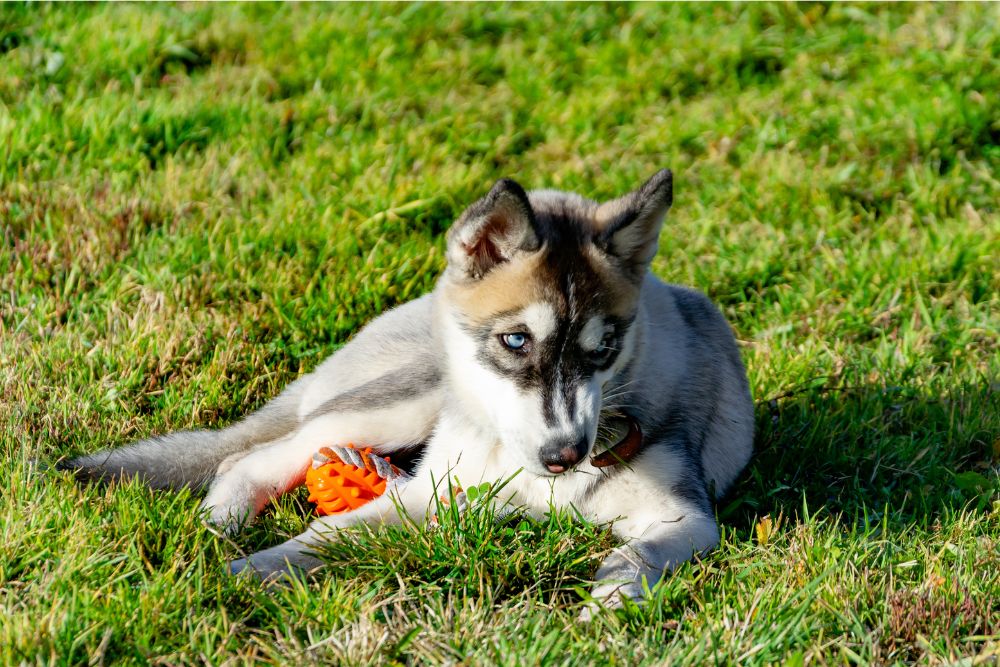
Understanding the Alaskan Klee Kai
Before we explore the health concerns, let’s first understand what makes the Alaskan Klee Kai a unique and popular breed. They are a small to medium-sized dog breed, resembling the Siberian Husky but in a smaller package. Known for their striking appearance and charming personality, they capture the hearts of dog lovers worldwide.
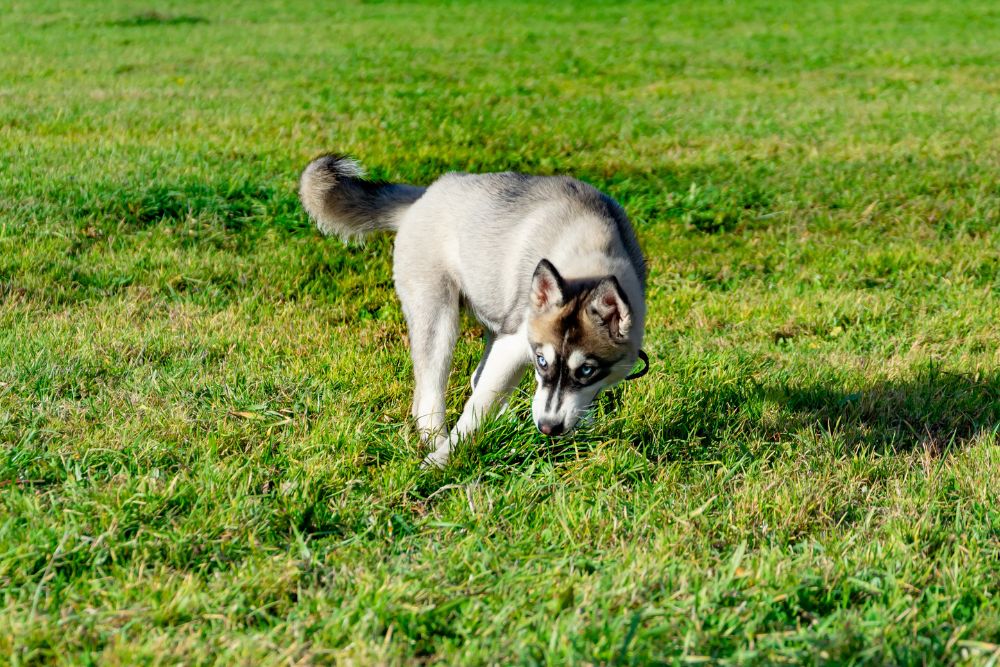
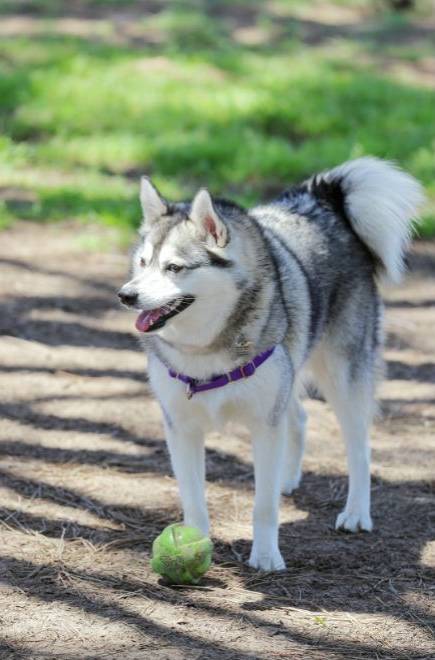
Genetic Health Issues
As responsible breeders and dog owners, it’s crucial to be aware of potential genetic health issues that may affect Alaskan Klee Kai. While this breed is generally considered healthy, they may still be susceptible to certain conditions due to their genetics. Some of the genetic health concerns include:
1. Patellar Luxation
Patellar luxation is a common issue in small dog breeds, and Alaskan Klee Kai are no exception. It occurs when the kneecap (patella) dislocates from its normal position, causing pain and discomfort. Regular veterinary check-ups can help detect this problem early and prevent further complications.
2. Juvenile Cataracts
Alaskan Klee Kai puppies may be prone to developing juvenile cataracts, which can lead to impaired vision or blindness. Regular eye examinations are essential to monitor their eye health and address any issues promptly.
3. Cardiac Abnormalities
Heart-related conditions, such as congenital heart defects, may affect some Alaskan Klee Kai. Heart screenings by a qualified veterinarian are essential to ensure early detection and proper management.
4. Liver Shunts
A liver shunt is a condition where blood bypasses the liver, leading to a buildup of toxins in the bloodstream. While it is relatively rare, being aware of this issue is crucial for early diagnosis and intervention.
Nutrition and Diet
Proper nutrition plays a vital role in maintaining the health and well-being of your Alaskan Klee Kai. Providing a balanced and nutritious diet can help prevent certain health issues and ensure they have the energy and vitality they need. Here are some dietary considerations for your furry companion:
1. High-Quality Dog Food
Opt for premium-quality dog food that is specifically formulated for small to medium-sized breeds. Look for options with a balanced blend of protein, healthy fats, and essential vitamins and minerals.
2. Portion Control
Maintaining a healthy weight is crucial for preventing joint problems and other health issues. Be mindful of portion sizes and avoid overfeeding your Klee Kai.
3. Avoid Harmful Foods
Certain human foods can be toxic to dogs, including chocolate, grapes, raisins, onions, and garlic. Make sure to keep these foods out of reach from your furry friend.
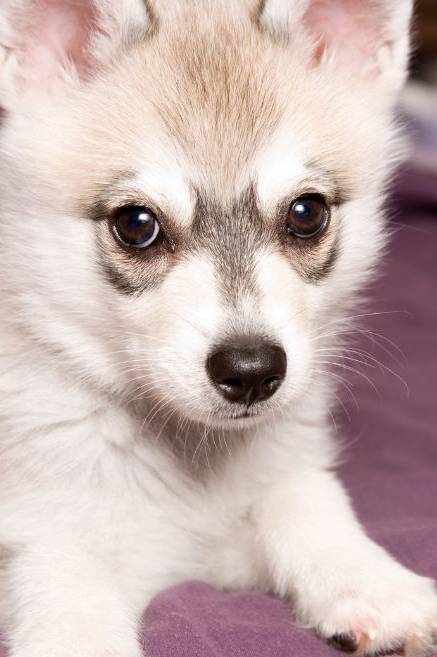
Exercise and Mental Stimulation
Alaskan Klee Kai are an active and intelligent breed that thrives on physical and mental stimulation. Regular exercise not only keeps them physically fit but also helps to prevent behavioral issues that may arise from boredom. Here are some ways to keep your Klee Kai engaged and active:
1. Daily Walks
Take your Alaskan Klee Kai for daily walks to fulfill their exercise needs and provide an opportunity for socialization.
2. Interactive Toys
Provide interactive toys and puzzles to challenge their minds and keep them mentally sharp.
3. Training Sessions
Engage in positive reinforcement training sessions to stimulate their intellect and strengthen your bond.
Grooming and Coat Care
The stunning coat of the Alaskan Klee Kai requires regular grooming to keep it in top condition. Here are some grooming tips to ensure your Klee Kai’s coat remains healthy and beautiful:
1. Brushing
Regularly brush your dog’s coat to remove loose fur and prevent matting. This is particularly important during shedding seasons.
2. Bathing
Bathe your Klee Kai as needed, using a mild dog shampoo. Avoid over-bathing, as it can strip their coat of essential oils.
3. Nail Trimming
Keep their nails trimmed to a proper length to prevent discomfort and potential injuries.

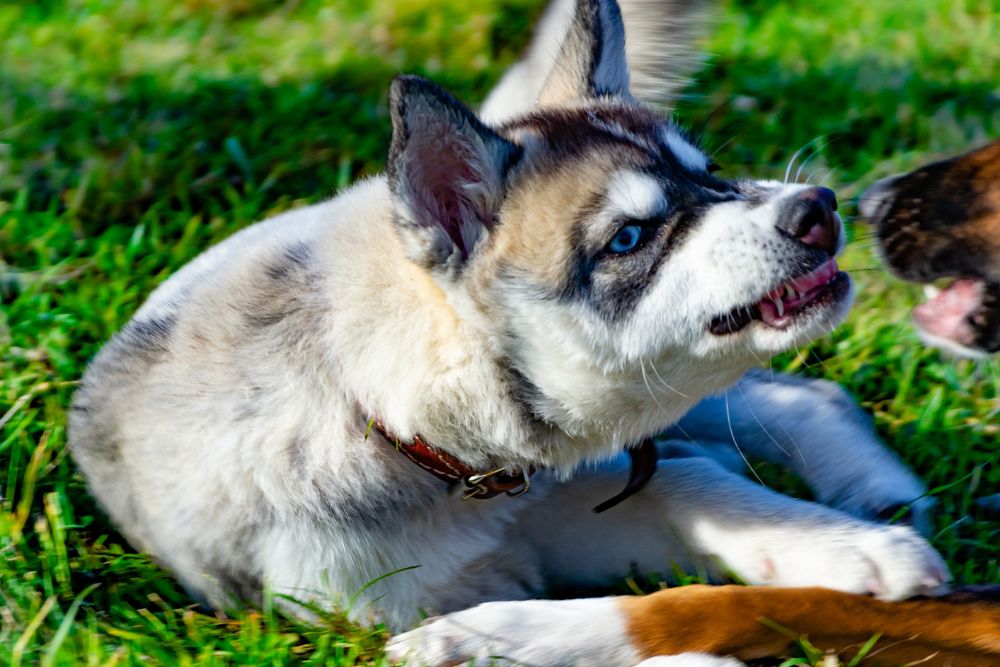
Regular Veterinary Check-ups
Just like any other breed, Alaskan Klee Kai benefit from routine veterinary check-ups. Regular visits to the veterinarian can help detect health issues early and ensure timely intervention.
Health Issues and Concerns in Alaskan Klee Kai
Being a responsible Alaskan Klee Kai owner means staying informed about their health issues and providing the best care possible. By understanding potential genetic concerns, focusing on proper nutrition, engaging in regular exercise, and maintaining good grooming habits, you can ensure a happy and healthy life for your furry friend.
